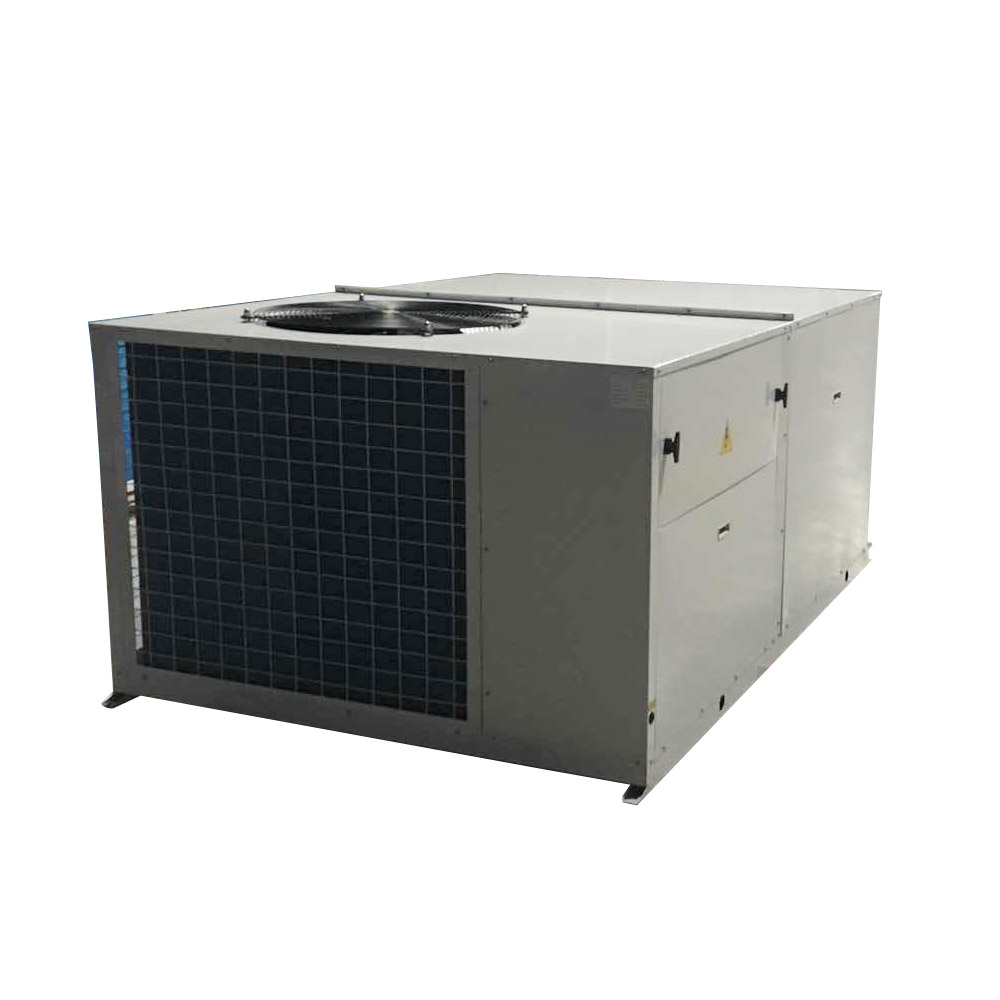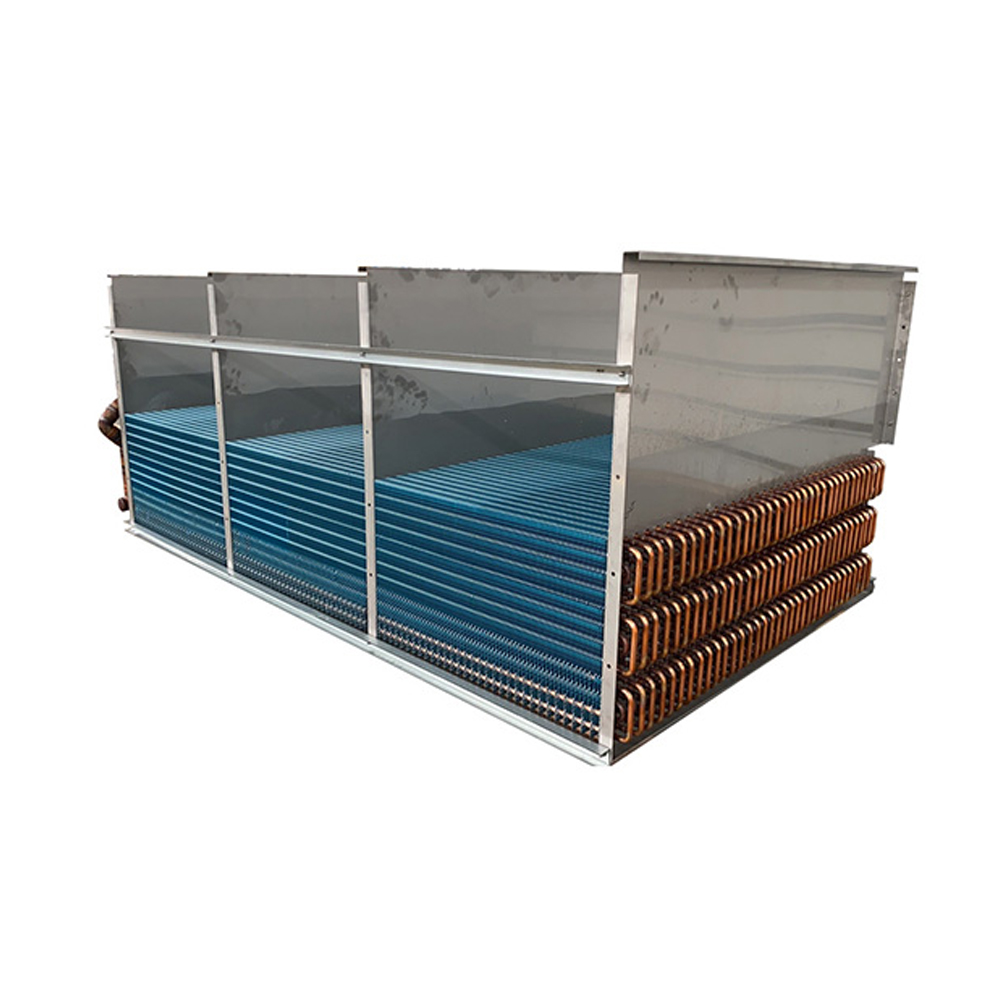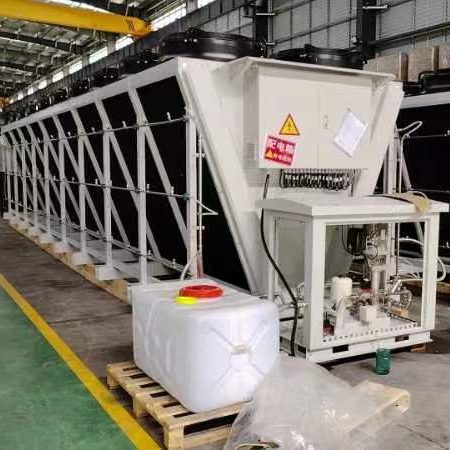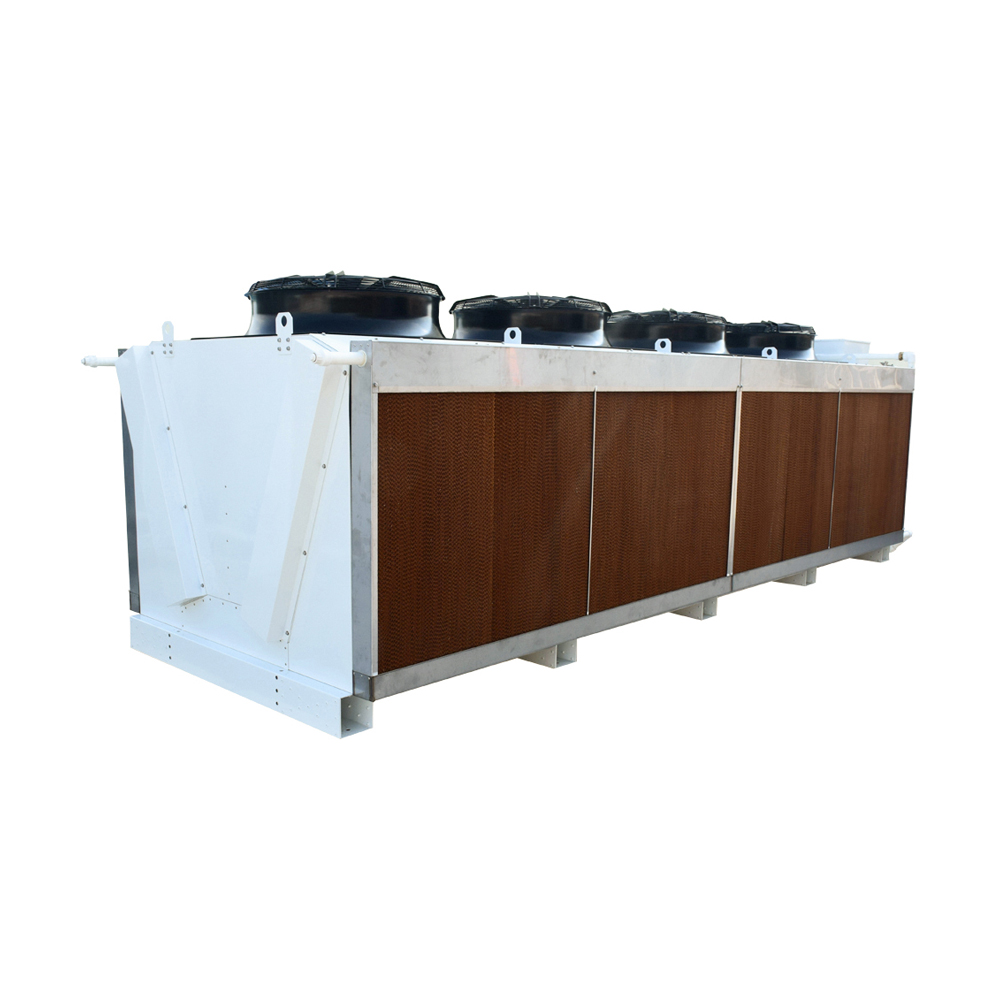Konprann ak chwazi dwa ibrid pi fre a sèk
Gid sa a konplè eksplore sibtilite yo nan ibrid glasyè sèk, detailing their functionality, benefits, selection criteria, and applications. We’ll delve into the technology behind them, compare them to traditional cooling systems, and provide insights to help you make informed decisions when choosing the optimal solution for your specific needs. Learn about the various factors influencing efficiency, cost-effectiveness, and environmental impact.
Ki sa ki se yon ibrid pi fre sèk?
A ibrid pi fre sèk Konbine avantaj ki genyen nan tou de evapore ak sèk teknoloji refwadisman. Kontrèman ak tradisyonèl refwadisman lè-refwadi ki sèlman konte sou refwadisman sèk (lè l sèvi avèk fanatik ak kondansateur), ibrid glasyè sèk incorporate an evaporative cooling component to enhance efficiency, especially in environments with suitable climate conditions. This hybrid approach allows for significant energy savings and reduced water consumption compared to purely dry cooling systems.
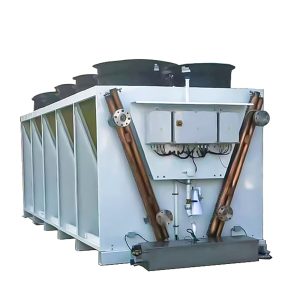
Ki jan glasyè sèk ibrid travay
Ibrid glasyè sèk typically operate using a combination of dry and evaporative cooling stages. When ambient conditions are favorable (sufficiently low wet-bulb temperature), the evaporative cooling stage is activated, significantly reducing the load on the dry cooling system. As the wet-bulb temperature rises, the system automatically transitions to rely more heavily on dry cooling. This intelligent control system optimizes energy consumption throughout the year.

Avantaj nan refwadisman ibrid sèk
Efikasite enèji
Avantaj prensipal la nan ibrid glasyè sèk se efikasite enèji amelyore yo. Pa enkòpore refwadisman evapore lè kondisyon pèmèt yo, yo ka reyalize siyifikativman pi ba konsomasyon enèji konpare ak sistèm repoze sèlman sou refwadisman sèk. Sa a tradui redwi depans fonksyònman ak yon anprint kabòn ki pi piti.
Redwi konsomasyon dlo
Pandan w ap itilize dlo, ibrid glasyè sèk generally consume less water than traditional evaporative cooling systems due to the integrated dry cooling component. The system intelligently adjusts the water usage based on ambient conditions, minimizing water waste.
Amelyore kapasite refwadisman
The combined cooling capacity of both dry and evaporative components ensures reliable performance across a wider range of ambient conditions. This is particularly beneficial in locations with fluctuating weather patterns.
Chwazi dwa ibrid pi fre a sèk
Chwazi apwopriye a ibrid pi fre sèk Depann sou plizyè faktè:
Kondisyon klima
The local climate significantly influences the effectiveness of the evaporative cooling component. Areas with lower wet-bulb temperatures are better suited for ibrid glasyè sèk, sa ki lakòz pi gwo ekonomi enèji.
Refwadisman chaj
Kapasite refwadisman obligatwa a ap detèmine gwosè ak espesifikasyon nan la ibrid pi fre sèk bezwen. Evalyasyon egzat nan chaj la refwadisman se kritik pou pèfòmans optimal.
Disponibilite dlo ak bon jan kalite
Access to a reliable water supply and the quality of the water are critical considerations. Water treatment may be required depending on the local water source.
Espas kontrent
Anprint an nan la ibrid pi fre sèk bezwen yo dwe konsidere, espesyalman nan kote ki gen disponiblite espas limite.
Hybrid sèk pi fre vs glasyè tradisyonèl sèk: yon konparezon
| Patikilarite | Ibrid pi fre sèk | Tradisyonèl sèk pi fre |
| Efikasite enèji | Pi wo | Bese |
| Konsomasyon dlo | Pi ba (lè yo konpare ak sistèm piman evapore) | Okenn |
| Pri opere | Bese | Pi wo |
| Enpak anviwònman an | Bese | Pi wo |
Konklizyon
Ibrid glasyè sèk offer a compelling solution for efficient and sustainable cooling. By carefully considering the factors outlined above, you can choose a system that optimizes energy consumption, reduces operating costs, and minimizes environmental impact. For advanced solutions and tailored design, consider contacting experts in industrial cooling solutions. To learn more about high-quality ibrid glasyè sèk, vizite Shanghai Shenglin M&E Teknoloji co, Ltd. Yo bay opsyon ekselan pou divès bezwen endistriyèl.











